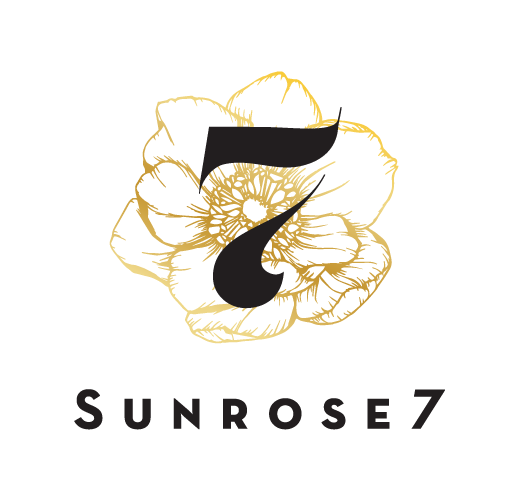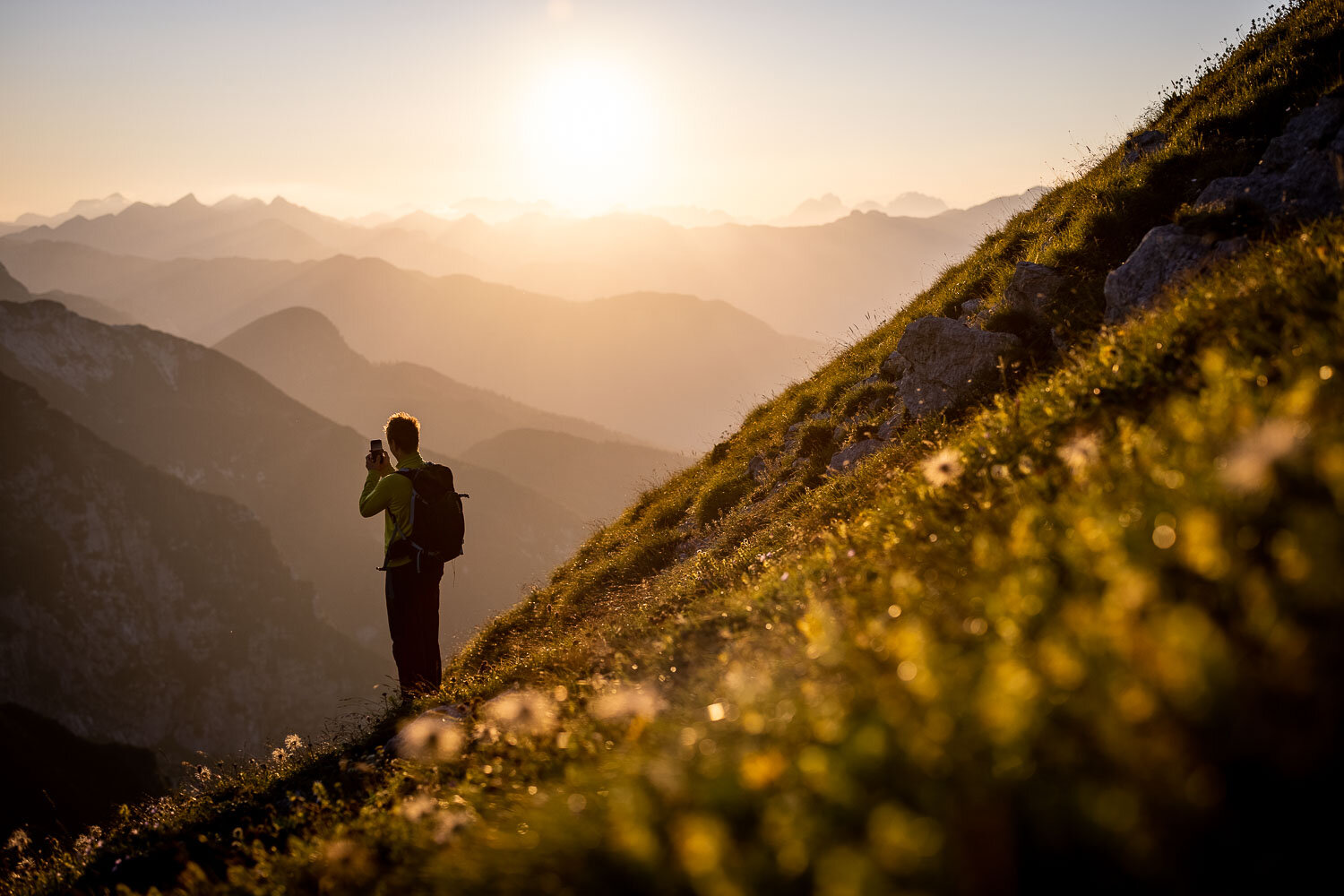Daily movement and digital detox: here is what dr. Neža Majdič says about it
Do you ever feel like you’re living at two extremes – sitting most of the day, then trying to “make up for it” with intense workouts? Between lack of sleep, high stress, and the desire to feel like we’re doing something good for ourselves, it’s easy to end up tired—or worse, injured.
Dr. Neža Majdič, a specialist in rehabilitation and sports injuries, sees this pattern all the time. She knows that true wellness comes from balance: moving your body, resting, and carving out time just for yourself. That’s why her visit to our digital detox hotel was so refreshing—she could unplug completely, reconnect with nature, and recharge her batteries.
In this post, Dr. Neža shares her top tips for spotting when you’re overdoing it and finding a healthy, sustainable rhythm between activity, recovery, and inner calm.
How would you introduce yourself to our guests? What led you to the path of medicine, sports, and prevention?
I’m Neža Majdič, a physician specializing in physical and rehabilitation medicine, and co-founder of the SportMed+Rehab medical center in Ljubljana. I’ve been connected to sports from a young age, starting with swimming and later moving into triathlon. Through sports, I discovered how complex yet harmoniously the human body functions. I’ve always been interested in the body as a whole—not just the musculoskeletal system, but also metabolism, hormones, and regeneration processes. Today, in my work, I combine sports medicine, rehabilitation, and nutrition, seeking ways to help people maintain an active life without pain, whether they are recreational athletes, professionals, or simply looking to feel better in their own bodies.
Your work at SportMed+Rehab combines sports medicine and rehabilitation. How does your approach differ for recreational versus professional athletes?
In both cases, the approach is holistic and individualized. The main difference lies in the intensity and goals of the person. Recreational athletes often want to train like professionals, even though their bodies aren’t prepared for it, all while balancing work, family, and other commitments. This can lead to injuries from overuse or insufficient recovery. In these cases, we focus on adjusting the training, progressing gradually, and understanding personal limits so they can train safely and sustainably.
For professional athletes, it’s a highly structured process that includes in-depth diagnostics, targeted rehabilitation, nutritional support, and coordination with coaches and the professional team. In both cases, the goal is the same: for the individual to understand their body, recognize its responses, and move without pain—efficiently and joyfully.
Exercise as medicine: Why do you consider regular physical activity one of the most powerful forms of prevention, regardless of age?
Exercise is undoubtedly one of the most effective forms of prevention. It strengthens muscles and joints, supports metabolism, and positively impacts the immune system and mood. People often look for complicated solutions, but even a simple combination of aerobic activity (walking, running, cycling, swimming), stretching, and strength training a few times a week makes a huge difference.
Exercise keeps us vital at any age. Those who stay active regularly are more agile in older age, have better balance, and remain independent longer. In fact, exercise is the simplest and most effective “longevity strategy” we talk about today—requiring no special equipment, just the willingness to move a little each day.
Stress, the digital world, and outdoor movement: How important is it to occasionally disconnect from screens and find balance in nature?
When we work at screens, our bodies remain still while our minds are constantly active. Over time, this lifestyle leads to fatigue, reduced focus, poor posture, tense muscles, and shallow breathing. Outdoor activity serves as a counterbalance. Just a few minutes of walking or running outside calms the nervous system, lowers stress hormones, and boosts mood. Moving in nature aligns body and mind—breathing becomes deeper, tension eases, and thoughts calm. That’s why I often emphasize that movement isn’t an obligation, but a simple way to help the body restore balance.
Nutrition is often the “weak link” of modern life. How would you describe a healthy, balanced diet for an active person? Is there a simple principle anyone can follow?
Balanced nutrition is far less complicated than many think. The basics are regular, varied meals without excluding any macronutrient groups. This means enough protein, whole carbs, healthy fats, vegetables, fruit, and unsweetened drinks. A simple rule for a balanced meal: half the plate vegetables, a quarter protein, and a quarter carbohydrates. It’s also important not to skip meals, especially after physical activity, when the body needs nutrients to recover. Food isn’t the enemy—it’s fuel.
“Even ten minutes a day can make a difference. Sometimes it’s enough to take the stairs instead of the elevator, talk to a colleague in person instead of by phone, do a few stretches, take a short walk, or simply pause and take a deep breath.”
Injuries among recreational athletes are common. What mistakes do you see most often, and how can they be prevented?
The most common mistake is overestimating one’s current abilities: increasing load too quickly, exercising without proper warm-up or rest. The body needs time to adapt, otherwise overuse injuries occur. Poor technique and lack of strength training, especially stabilizing muscles that support joints, are also frequent issues. Injuries can be prevented through gradual, thoughtful movement and by paying attention to the body’s responses. If pain arises, it’s crucial to act immediately rather than waiting for it to become chronic. Prevention is always easier, faster, and more effective than treatment.
Prevention instead of cure: What does a “preventive check-up” mean in your practice? When is the right time to schedule one?
In our practice, we still mostly deal with secondary prevention, meaning we intervene after an injury or illness to prevent recurrence. At that point, the body has already undergone changes, so proper recovery comes first.
A preventive check-up evaluates joint and muscle function, balance between mobility and stability, and may include diagnostic ultrasound, discussions about nutrition, recovery, and appropriate exercise. Based on this information, we provide recommendations to help maintain proper body function and reduce injury risk. I recommend preventive check-ups for anyone who is physically active and wants their body to function without limitations.
Even 10 minutes a day can make a difference. Find time for yourself to feel better.
Recovery and rest: How important is it to plan time for rest, sleep, and relaxation—not just for athletes, but for all of us?
We often forget that the body regenerates during rest, not training. Sleep, relaxation, and recovery are essential for progress and well-being. Without dedicated recovery time, fatigue, tension, and even injuries appear. Recovery doesn’t always mean complete rest—it can be a walk, stretching, or massage. What matters is allowing the body to pause. It’s not wasted time; it’s an investment in the future.
Your work focuses on the person as a whole. How do you integrate physical, psychological, and lifestyle aspects when treating patients?
I approach every patient holistically. I’m interested not only in pain but also in its underlying causes. We discuss lifestyle, stress, sleep, nutrition, and daily habits. Often, physical problems result not from a single injury but from a combination of factors accumulated over time. I encourage patients to understand their bodies and the reasons behind certain measures. If needed, I involve other specialists—dietitians, psychologists, physiotherapists, or colleagues from other medical fields. This approach leads to more lasting results and a higher quality of life.
Finally—your personal tip for Sunrose guests: How can we incorporate a little more movement, mindfulness, and self-care into everyday life, even with just 10 minutes a day?
Even ten minutes a day can make a difference. Sometimes it’s enough to take the stairs instead of the elevator, talk to a colleague in person instead of by phone, do a few stretches, take a short walk, or simply pause and take a deep breath. The key is to see those ten minutes not as an obligation but as time for yourself. Small, regular steps eventually bring the biggest changes in energy, mood, and self-care.
Book your digital detox getaway in Bohinj’s nature
Often described as an adults-only hidden gem, our boutique hotel offers the perfect escape for relaxing getaways in Bohinj and Bohinjska Bistrica. You won’t find any TVs here—because the best stories unfold beyond the screen. Let us help you craft your perfect day, whether it’s exploring the outdoors or indulging indoors with a soothing massage, an unhurried breakfast, or a candlelit dinner.
Nature and sreen-free time await!






